The Kaiser's men’s medals
Article about: The Kaiser's men’s medals (and Homelands) Some time ago acquiring this postcard for my collection. It’s a small piece of art on paper that someone used on April 21, 1916 It’s an incred
-
04-28-2024, 02:20 PM
#411

Well, this is our last man from Stalingrad and this is his story told by the brilliant Antony Beevor.....
Gottfried von Bismarck
Gottfried von Bismarck (1921-2001) a great-grandnephew of Otto von Bismarck was the youngest son of Gottfried von Bismarck (1881-1928) and his wife, Gertrud Koehn (1890-1971).
His father Gottfried was son of Philipp Georg Klaus von Bismarck (1844-1894) and Marie Sophie Hedwig von Bismarck (1858-1945).
His grandfather Philipp Georg Klaus was son of Bernhard Friedrich Alexander Ferdinand von Bismarck (1810-1893) and Friederike Wilhelmine Adelheid von Bismarck (1824-1844)
His great-grandfather Bernhard Friedrich Alexander Ferdinand von Bismarck was the elder brother of Otto von Bismarck (Reichskanzler)
His last officer rank was probably Leutnant. He served in the Infanterie Regiment 178. of the 76. Infanterie Division.
Below I quote the three paragraphs that Beevor dedicates to this character in his book (this is how you will understand that we have previously talked about the air transport to the Kessel in Stalingrad)
"In addition to airlifting the wounded, messengers, and certain specialists, the planes still carried some officers and men who had gone on leave before the Kessel was closed. Due to the information blackout in Germany, many of them had no idea what had happened in his absence until their train arrived in Kharkiv".
"Manstein's aide, Alexander Stahlberg, recounted how his twenty-one-year-old cousin-in-law, Gottfried von Bismarck, arrived at the headquarters of the Don Army Group in Novocherkassk on January 2 after spending Christmas leave at his home in Pomerania. He had received an order to fly to Kessel to join the 76th Infantry Division. Manstein, discovering the situation, invited him to his table for dinner, where conversation was not limited".
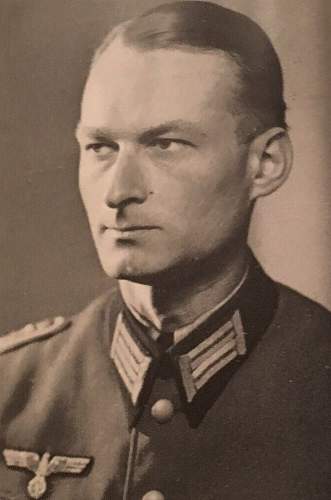
Alexander Stahlberg (Manstein's adjutant)
"Both Manstein and Stahlberg greatly admired the way in which the young man, without complaint, respected the Potsdam tradition of the 9th Infantry Regiment by returning to a battle lost, not by Hitler, but by Prussian devotion to duty. Bismarck, however, put it in less glorious terms: "I was a soldier, I had received an order, and I was obliged to accept the consequences." (…)
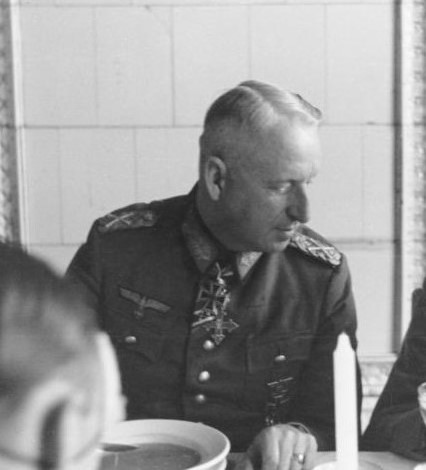
Image of Manstein during a dinner
I upload this image of his elder brother Klaus since they were most likely similar
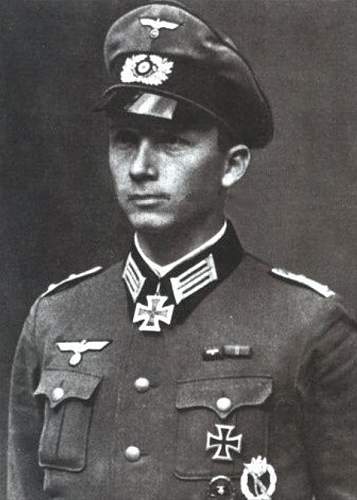
Klaus won the Knight's Cross for the capture and defense of Demyansk. At end of war he was a British POW
Obviously Leutnant Gottfried von Bismarck was captured after the German defeat and went into captivity in the USSR.
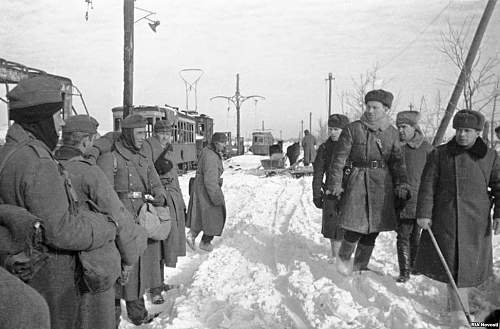
"In 1949, another wave of Stalinist purges ravaged the Soviet Union. Lieutenant Gottfried von Bismarck was sentenced to twenty years of hard labor because Russian prisoners of war had worked on his family property in Pomerania". (The family estate was Jarchlin and Kniephof in Pomerania).
"In 1955 there were still 9,626 German prisoners of war or "convicted war criminals" as Khrushchev defined them, of whom about 2,000 were Stalingrad survivors. These prisoners were finally released following Chancellor Konrad Adenauer's visit to Moscow in September 1955. Among them were Generals Strecker, Seydlitz, Schmidt, and Rodenburg and Lieutenant Gottfried von Bismarck, who, nearly thirteen years earlier, had flown to Kessel to meet his unit after dinner with Field Marshal von Manstein. Only to have survived, he wrote, was "reason enough to be grateful to fate."
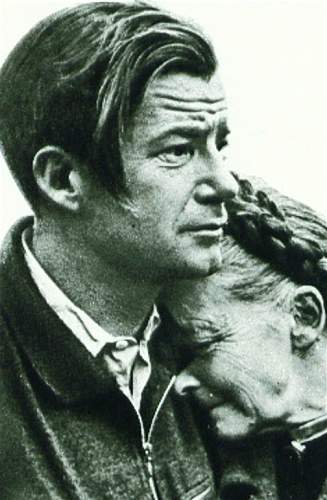
Ltn. Gottfried von Bismarck in 1955 after being released, with his mother Gertrud Koehn (1890-1971). Captured in Stalingrad in 1943 and returned to Germany on October 9th, 1955.
Ruth-Alice von Bismarck, Gottfried von Bismarck´s sister-in-law, was Alexander Stahlberg´s cousin.
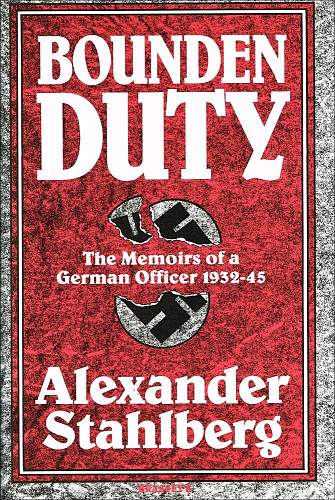
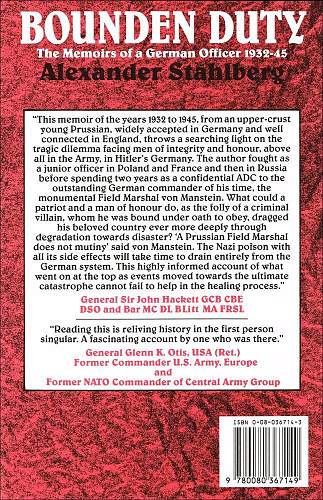
The memoirs of von Manstein's Adjutant are highly recommended.
Thus, these two descendants of Chancellor Bismarck and very distant cousins faced their captivity in a very different way.....Who could judge those men? Not me, of course.
Last edited by TabsTabs1964; 04-28-2024 at 09:03 PM.
-
04-28-2024, 04:56 PM
#412

Again I commend you for your interesting thread. Bismarck is one of my heroes, I have not one but two pictures of him above my bed, including one which is autographed. He was a friend of my great-grandfather, who gave his son the middle names Otto Bismarck and had the chancellor as his godfather. Of course von Einsiedel is a polarising figure, as he was refused entry to JG3 reunions due to the perception that he was a traitor. My uncle, who was named after Bismarck, was coincidentally a Gruppenkommandeur in this same unit. Also, I believe Klaus von Bismarck was a winner of the Oakleaves.
-
04-28-2024, 08:20 PM
#413
-
05-03-2024, 04:24 PM
#414

Hello gentlemen,
Hello Santi,
Impressive work of research and documentation, all perfectly explained and therefore easy to understand. Honestly, very beautiful work. Bravo and all my congratulations.
Best regards from Alsace , France.
Carfin.
-
05-04-2024, 08:55 AM
#415

WALDECK PYRMONT
Waldeck-Pyrmont was a tiny German principality (Fürstentum Waldeck Pyrmont) located in central Germany, in the present-day Land of Thuringia, near the border with the Czech Republic.
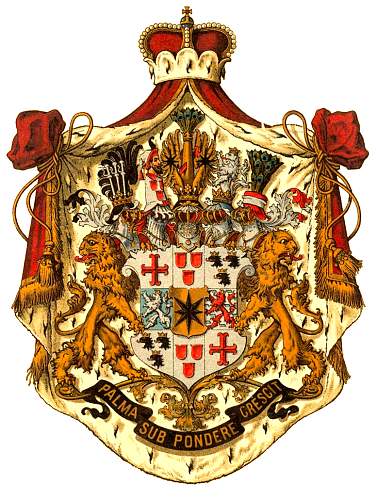
Fürstentum Waldeck und Pyrmont
Its population of 59,000 inhabitants extended over a territory of 1,121 km2, with the small exclave of Pyrmont. Its capital was the town of Waldeck, which now has a population of about 7,000.
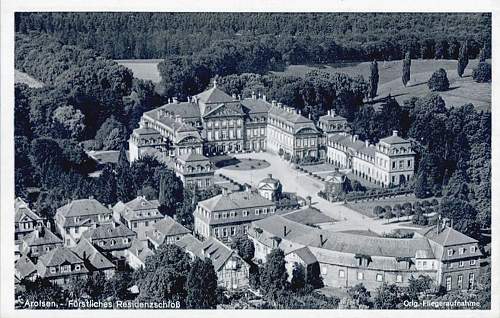
Its form of government was that of a constitutional monarchy, with the executive power held by the Prince. During World War I the Prince was Friedrich Adolf (from 1893 to November 1918). He was the brother of the Queen Consort of Holland and was the only German prince to refuse to sign any abdication agreement. So he was deposed with the German Revolution of 1919.
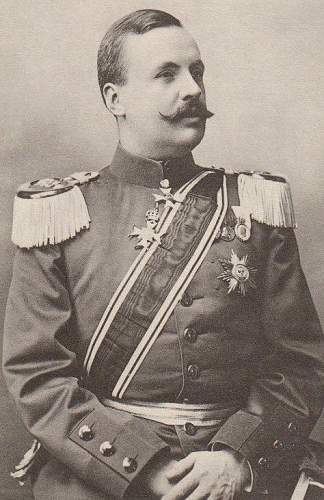
Friedrich Adolf Prinz von Waldeck Pyrmont
Once the Principality was abolished, it became successively the People's State and the Free State of Waldeck Pyrmont, during the period of the Weimar Republic.
After the Second World War, the territory came under US occupation and in 1949, when the FRG was formed, it became part of the Land of Hessen. After reunification in 1990, the Land of Hessen was one of the sixteen German federal states, with its capital in Wiesbaden.
The colours of Waldeck's flag became first those of the Weimar Republic, then those of the FRG and today those of reunified Germany.
To determine what this state contributed to the Empire, we must know
ITS POLITICAL WEIGHT.
The German imperial parliament was structured in the Constitution of 1871, in the form of a bicameral system, composed of the Reichstag of 397 deputies, divided among the states of the Empire in proportion to their population; and the Bundesrat, with 61 territorial representatives
Reuss-Gera and Reuss-Greiz each contributed 1 deputy to the Reichstag and 1 territorial representative to the Bundesrat.
ITS MILITARY CONTRIBUTION.
At the beginning of World War I, the Imperial German Army, which was structured on the basis of a regimental unit based on territory, consisted of 218 infantry, 110 cavalry, 101 field artillery and 25 heavy artillery regiments.
Waldeck Pyrmont, like the rest of the German principalities, was so small that it did not form an independent regiment, so they contributed battalions that were integrated into existing Prussian regiments.
-
05-04-2024, 08:59 AM
#416
-
05-04-2024, 09:07 AM
#417

As we just said, the colours of Waldeck's flag became first those of the Weimar Republic, then those of the FRG and today those of reunified Germany.
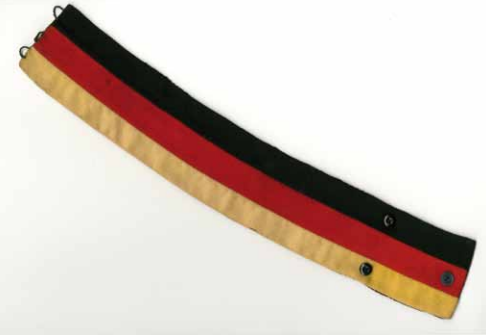
image of an armband used by the revolutionaries of 1848
-
05-04-2024, 09:33 AM
#418

WÜRTTEMBERG
Württemberg was a German kingdom (Königreich Württemberg) located in southwestern Germany.
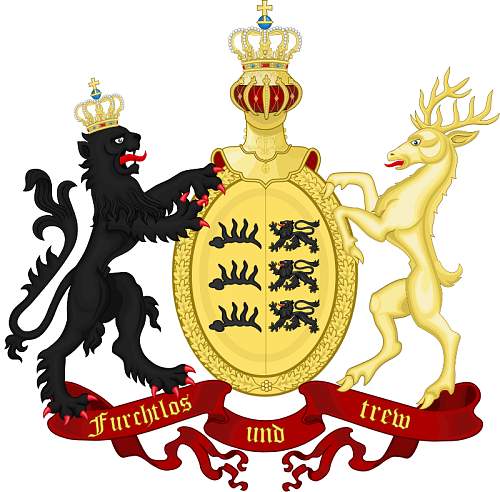
Kónnigreich von Württemberg
Its population of 2,300,000 inhabitants extended over a territory of 19,508 km2. Its capital was the city of Stuttgart, which currently has a population of 623,000.
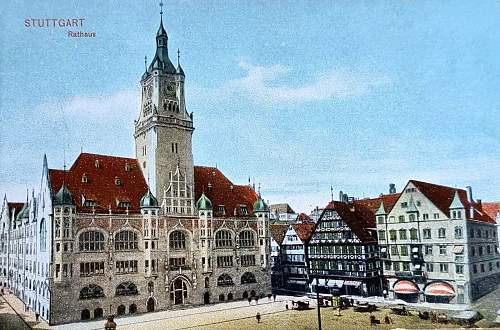
Sttutgart
Its form of government was that of a hereditary constitutional monarchy, with executive power held by the King. During World War I, Wilhelm II reigned. He abdicated after the defeat of the German Empire in 1918.
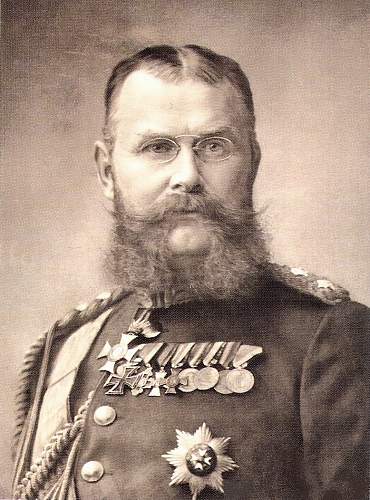
Wilhelm II. König von Württemberg
After the defeat of 1918 and the Revolution of 1919, the Kingdom was abolished, becoming the Free State of Württemberg (Freier Volkstaat Württemberg) during the period of the Weimar Republic. After World War II, the territory was divided under French and American occupation and in 1952, it became part of the Land of Baden-Württemberg. After the reunification of 1990, the Land of Baden-Württemberg is one of the sixteen German federal states, with its capital in Stuttgart.
To determine what this state contributed to the Empire, we must know
ITS POLITICAL WEIGHT.
The German imperial parliament was structured in the Constitution of 1871, in the form of a bicameral system, composed of the Reichstag of 397 deputies, divided among the states of the Empire in proportion to their population; and the Bundesrat, with 61 territorial representatives
The Kingdom of Württemberg (Württemberg Königreich) contributed 17 deputies to the Reichstag and 4 territorial representatives to the Bundesrat.
ITS MILITARY CONTRIBUTION.
At the beginning of World War I, the Imperial German Army, which was structured on the basis of a regimental unit based on territory, consisted of 218 infantry, 110 cavalry, 101 field artillery and 25 heavy artillery regiments.
The Kingdom of Württemberg contributed 10, 4 and 4 (it had no heavy artillery regiments) respectively to the Kaiserliches Heer.
-
05-04-2024, 09:36 AM
#419
-
05-04-2024, 09:53 AM
#420
Similar Threads
-
In New users approval forum
-
In Medals, Orders & Decorations
-
In Field equipment, kit and other
 Posting Permissions
Posting Permissions
- You may not post new threads
- You may not post replies
- You may not post attachments
- You may not edit your posts
-
Forum Rules











 .
.
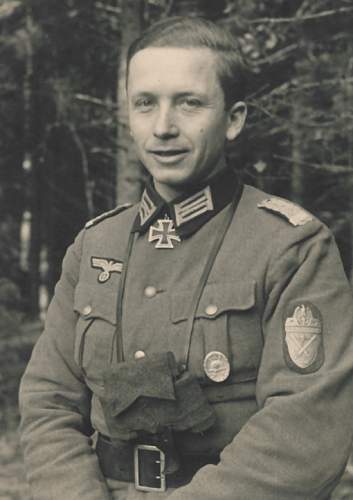
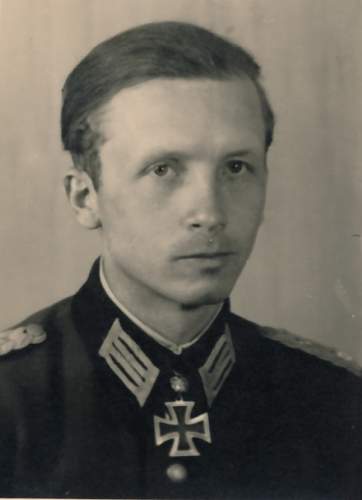



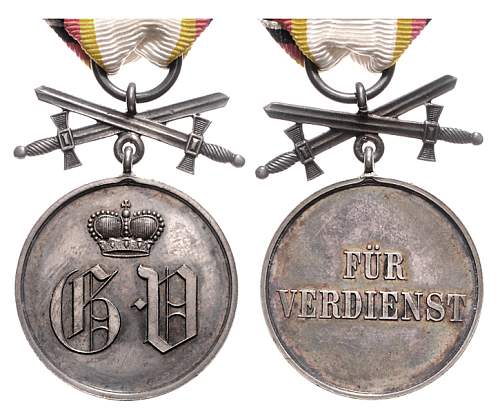
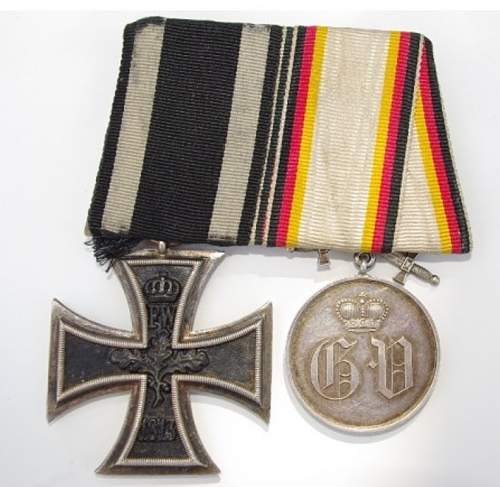
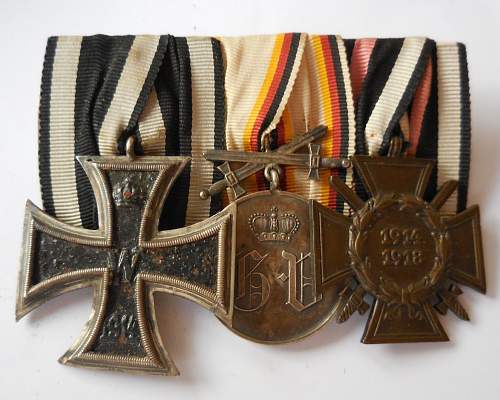




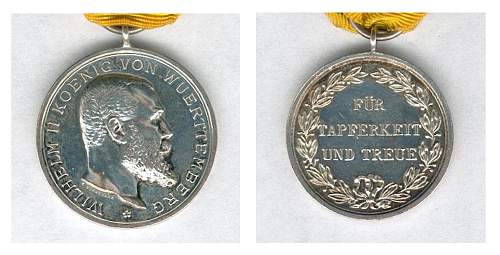
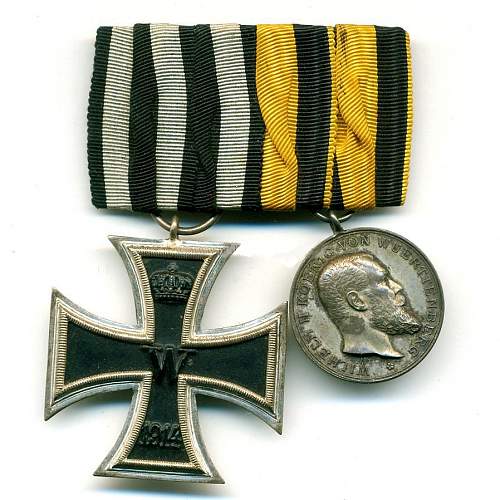
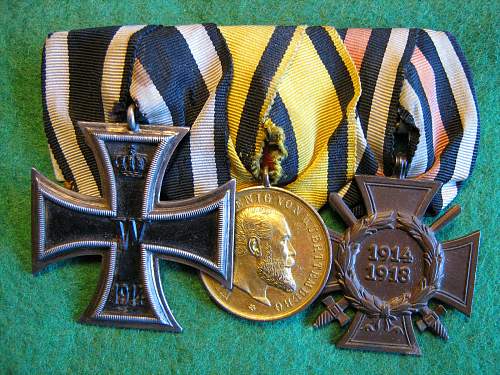
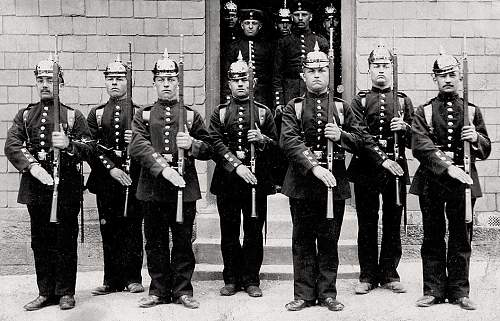
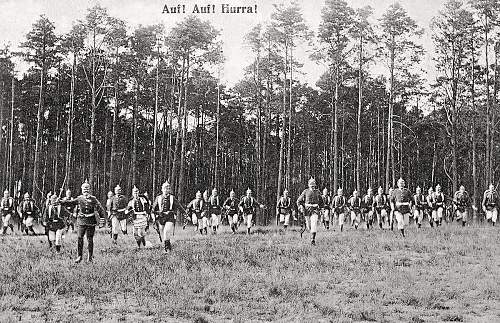
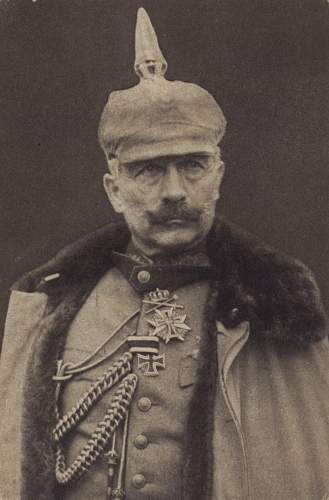


Bookmarks